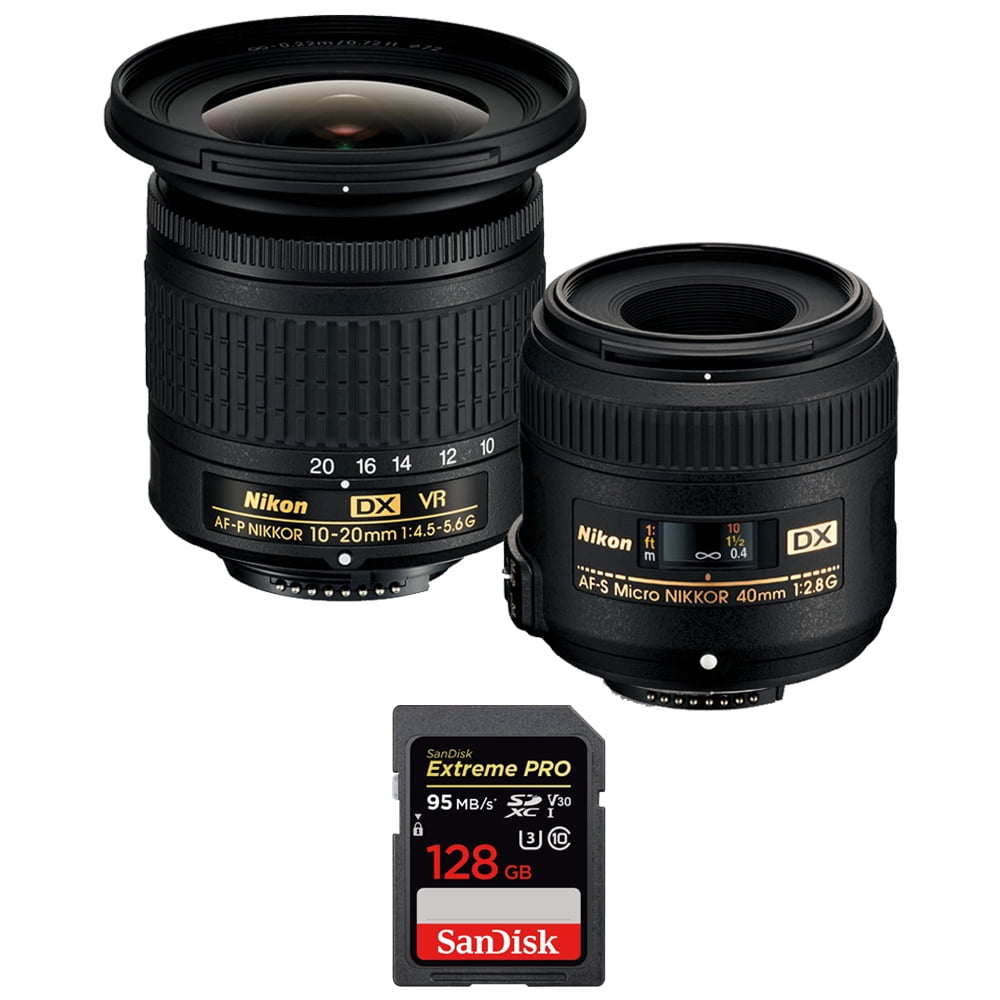

I’ve added a geared head with very fine micro adjustments, so I don’t need to waste time unlocking and relocking levers.Ī tripod is also essential when using Live View for composing and checking that the focus is perfect – try using Live View when handholding and you’ll soon see why three legs are better than two! If you’re shooting with a mirrorless camera, of course, what you’re seeing in Live View is exactly the same as what you’re seeing in the electronic viewfinder (EVF). Its main advantage is that it gives you a longer camera-to-subject working distance, which is helpful for flighty subjects and enables you to create a beautifully soft-focused background for your subject to pop from.ĭepth of field is incredibly shallow when you’re shooting macro, which means your focusing has to be absolutely spot-on, so whenever it’s practical I use a tripod – it aids focusing as well as giving stability. It’s quite long and heavy, but optically it’s fantastic. My other main macro lens, both with my D850 and Z 7II via the FTZ adapter, is the sadly discontinued 200mm f/4 Micro ED IF AF.
NIKON MACRO LENS PORTABLE
With a minimum focusing distance of just 0.16m, and a small and neat build, it’s very portable and great for handholding. If you want to take more environmental portraits, displaying your subjects with a degree of context, the new Z-series MC Z 50mm f/2.8 will be just the job.

There’s also a handy digital display showing the reproduction ratio, aperture or focusing distance, which allows you to set your desired aperture on the lens itself. It’s a bit lighter and shorter than the F-mount version, with a closer minimum focus distance of 0.29m. In the last couple of years as I’ve started shooting with Nikon’s new range of mirrorless cameras, I’ve been using the 105mm with the FTZ mount adapter on my Z 7II, but I’ve just done a field test on the new, dedicated Z-series MC 105mm f/2.8 S, and was so delighted with its performance that I’ve ordered one. Its build quality and optics are excellent, with the huge advantages of vibration reduction and a lightweight and compact design, so it’s a great lens for shooting handheld. Nikon’s specialist macro lenses – called Micro NIKKORs – all offer the same 1:1 maximum level of magnification, but different focal lengths give you different advantages.įor my DSLR macro work, I’ve always loved the 105mm f/2.8G IF-ED VR. In practice, though, we tend to use the terms interchangeably. Technically speaking, macro means photographs taken at life-size reproduction or greater, but in reality most people are shooting close-ups, which are at a lesser magnification. There’s an incredible plant and insect life that’s so easy to overlook and yet it’s right there at your fingertips. Yet you simply don’t appreciate these extraordinary features until you get to see them through a close-focusing lens. When you look at a butterfly at magnification, for example, you can see each individual scale on its wing, the hairs on its body, the antennae, its amazing insect eyes. During the pandemic, with everyone being restricted to their immediate localities and a massive increase in working from home, the popularity of macro has soared as people have realised there is so much you can achieve right on your doorstep, in your local park, even in your own garden or home.įor me, the real beauty of macro lies in its ability to reveal exquisite miniature detail that most people just ignore or simply aren’t aware of. It doesn’t rely on hiking out into the countryside, baiting your subjects or sitting in a hide for hours on end waiting for them to show up.

I don’t think there is anything more accessible than close-up photography.


 0 kommentar(er)
0 kommentar(er)
